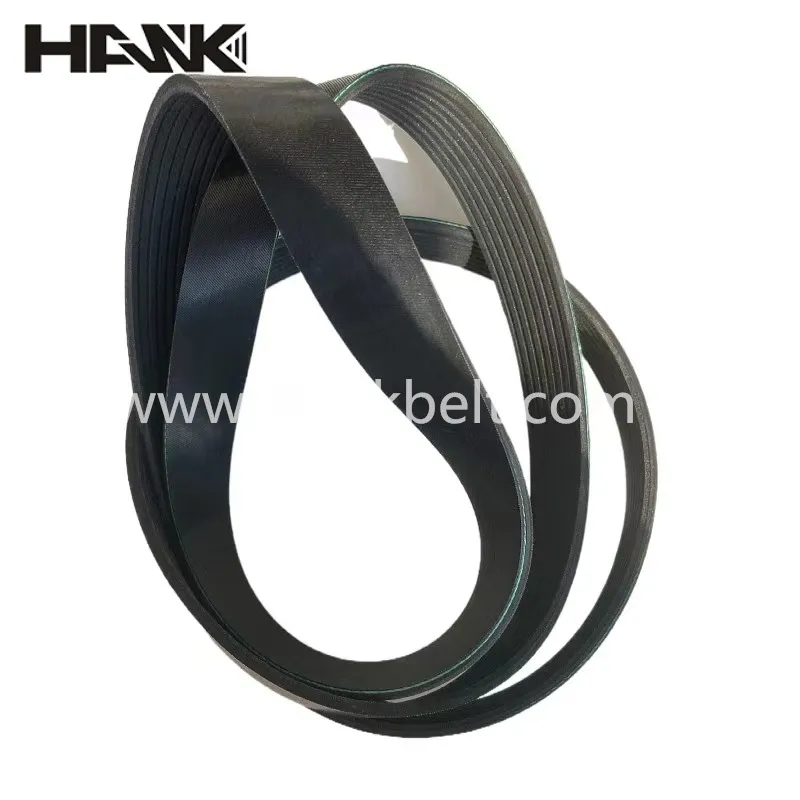- Arabic
- French
- Russian
- Spanish
- Portuguese
- Turkish
- Armenian
- English
- Albanian
- Amharic
- Azerbaijani
- Basque
- Belarusian
- Bengali
- Bosnian
- Bulgarian
- Catalan
- Cebuano
- Corsican
- Croatian
- Czech
- Danish
- Dutch
- Afrikaans
- Esperanto
- Estonian
- Finnish
- Frisian
- Galician
- Georgian
- German
- Greek
- Gujarati
- Haitian Creole
- hausa
- hawaiian
- Hebrew
- Hindi
- Miao
- Hungarian
- Icelandic
- igbo
- Indonesian
- irish
- Italian
- Japanese
- Javanese
- Kannada
- kazakh
- Khmer
- Rwandese
- Korean
- Kurdish
- Kyrgyz
- Lao
- Latin
- Latvian
- Lithuanian
- Luxembourgish
- Macedonian
- Malgashi
- Malay
- Malayalam
- Maltese
- Maori
- Marathi
- Mongolian
- Myanmar
- Nepali
- Norwegian
- Norwegian
- Occitan
- Pashto
- Persian
- Polish
- Punjabi
- Romanian
- Samoan
- Scottish Gaelic
- Serbian
- Sesotho
- Shona
- Sindhi
- Sinhala
- Slovak
- Slovenian
- Somali
- Sundanese
- Swahili
- Swedish
- Tagalog
- Tajik
- Tamil
- Tatar
- Telugu
- Thai
- Turkmen
- Ukrainian
- Urdu
- Uighur
- Uzbek
- Vietnamese
- Welsh
- Bantu
- Yiddish
- Yoruba
- Zulu
Aug . 07, 2024 03:15 Back to list
Understanding the Importance of Engine Serpentine Belts for Optimal Vehicle Performance and Longevity
Understanding the Importance of the Engine Serpentine Belt
The engine serpentine belt is a crucial component of modern automotive engines, serving multiple functions that are essential for the proper operation of various engine accessories. This single, continuous belt can drive several peripheral devices simultaneously, including the alternator, water pump, power steering pump, and air conditioning compressor. Understanding the role and maintenance of the serpentine belt is vital for any car owner looking to keep their vehicle running smoothly.
What is a Serpentine Belt?
The serpentine belt, often referred to as a drive belt, is a long, winding belt made of durable rubber that wraps around various pulleys in the engine compartment. Unlike the older systems that utilized multiple belts for different accessories, the serpentine belt simplifies this process by providing a single, continuous loop that drives all of these components. This design not only reduces friction and wear but also optimizes space and efficiency within the engine compartment.
Functions of the Serpentine Belt
The primary function of the serpentine belt is to transfer power from the engine's crankshaft to several essential components. The most common components driven by the serpentine belt include
1. Alternator Charges the battery and powers the electrical system when the engine is running. 2. Power Steering Pump Provides hydraulic pressure that assists in steering the vehicle. 3. Water Pump Circulates coolant through the engine to maintain optimal temperature. 4. Air Conditioning Compressor Powers the air conditioning system, allowing for cabin temperature control.
Each of these components is integral to the overall function and comfort of the vehicle, highlighting the importance of a well-maintained serpentine belt
.engine serpentine belt

Signs of Wear and Tear
Like any mechanical component, serpentine belts can wear out over time. Regular inspection of the belt is important to avoid breakdowns. Signs that the serpentine belt may need attention include
- Cracks and Fraying Visual inspection may reveal surface cracks or fraying edges, indicating deterioration. - Squeaking or Chirping Noises Noises coming from the engine bay can suggest that the belt is slipping due to wear or improper tension. - Warning Lights Dashboard warning lights, especially for the battery or power steering, may indicate issues related to the serpentine belt.
Replacement and Maintenance
Most manufacturers recommend inspecting the serpentine belt at regular intervals, typically every 30,000 to 50,000 miles, though this can vary based on the vehicle. If any signs of wear are present, or if the belt shows excessive tension or looseness, it should be replaced.
Replacing a serpentine belt is a manageable task for those with basic mechanical skills and can save significantly compared to a mechanic's fees. The process involves loosening the tensioner pulley, removing the old belt, and installing a new one while following the belt routing diagram often found under the hood. However, for those unfamiliar with automotive work, seeking professional assistance is advisable.
Conclusion
The engine serpentine belt, though often overlooked, plays a pivotal role in the everyday operation of a vehicle. Understanding its functions, recognizing signs of wear, and adhering to a proper maintenance routine can prevent unexpected breakdowns and costly repairs. As automotive technology continues to evolve, staying informed about crucial components like the serpentine belt remains essential for ensuring the longevity and reliability of your vehicle. By taking proactive care of this vital component, drivers can enjoy a smoother, more efficient driving experience.
-
Upgrade Power Steering Pump Belt for Smooth, Quiet Operation
NewsAug.27,2025
-
Precision Timing Belt & Chain: Engine Performance & Durability
NewsAug.26,2025
-
Precision Lathe Drive Belts: Durable & Reliable Performance
NewsAug.25,2025
-
84.5 Serpentine Belt: Durable & Precision Fit for Your Engine
NewsAug.24,2025
-
Premium Ribbed Drive Belts for Quiet Power Transmission
NewsAug.23,2025
-
High-Performance Vehicle Timing Belt for Engine Precision
NewsAug.22,2025

